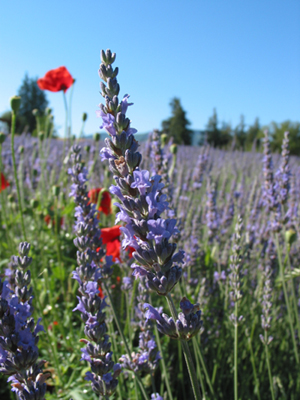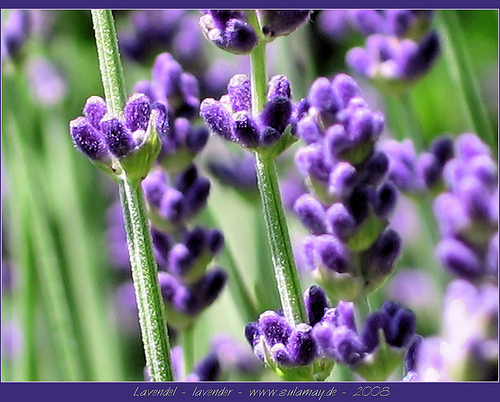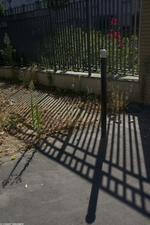Notes on Lavender in Eaux de Cologne & Further Thoughts on By Kilian Prelude To Love {Scented Thoughts}

Lavandin Abrialis
Reviewing By Kilian Prelude To Love yesterday, I puzzled over the question of why this young and exclusive niche perfume house had decided to compose a bold citrus-y fragrance, quite literally plugging into a group of notes that from a certain perspective can smell a bit plain. Or perhaps I would not have asked myself this question had the jus smelled different.
The next puzzle I have had in mind is why they had decided to take on the added challenge of doing not only a citrus-y perfume but also do it in a rather minimalist, even straightforward style? It seems to compound the difficulty of attempting to uplift the lemons and mandarins from the level of the mundane. Indeed, the resulting impression makes you perceive the difference existing between metaphorically expensive and literally expensive...
 Lavandula Vera
Lavandula VeraIn this case the proportion of citruses remain important and even rich, so the lavandin does not act as replacement for more expensive citrus fruits and a more accessible and substitutive source of freshness. It even creates here a pleasant oxygenated feel.
I am all ready to accept the argument that rougher materials can be used for a certain desired effect.
Going back also to Escale à Portofino, which smelt more elegant and "expensive", I note that it does not contain lavender nor lavandin.
It may well be that unconsciously we are used to smelling different grades of fineness in eaux de Cologne and that this puts a constraint on the free use of lavender or lavandin in a modern eau de Cologne formula.
This problem however, I do not feel for a lavender cologne like (vintage) Yardley English Lavender, when the lavender is the main carefully chosen focus.








